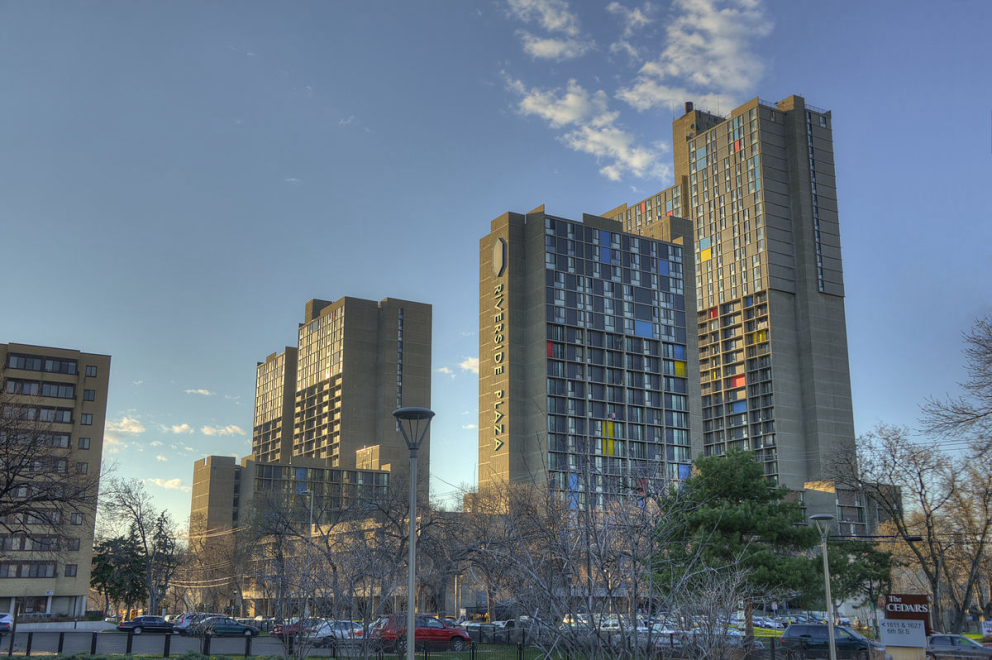University Grove and Stonebridge Boulevard
This year we are going to explore modern residential design in two Saint Paul neighborhoods, one that is familiar to many—University Grove, and one that is a hidden gem—Stonebridge Boulevard.University Grove is a highlight of residential modernism adjacent to the University of Minnesota’s Saint Paul Campus. We will have the rare opportunity to tour a house by Elizabeth and Winton Close that has not been previously open to the public. Additionally, we will provide a short guided walking tour to explore the distinctive planning and design of this neighborhood.
Then we will meet at Stonebridge Boulevard, built between 1947 and 1959, which contains a unique collection of modern residential design developed in the heart of the Macalester Groveland Neighborhood in Saint Paul. Surrounded by classic examples of early 20th Century design, Stonebridge Boulevard was carved out of a 40 acre parcel of land once owned by Oliver Crosby along ridge overlooking the Mississippi River. The collection of houses are not unique because of their highly recognizable designers, rather, they are unique in their pure modernist design as a collective whole. The influence of east and west coast high modernism is clear, but also understood is their manipulation and adaption of these pure ideas to the site and climate of Minnesota. We will walk along this quiet boulevard and be able to tour the interior of a number of these houses, ending the day at the house built by industrial designer Karl Larson.
We hope to make Tour Day 2014 in Minnesota as great of a success as it has been in previous years. But we also hope to present this as a taste of what will come when Minnesota hosts the Docomomo National Symposium in June of 2015. This past July we announced this extremely exciting opportunity to show the Nation (and the World!) the amazing modern architecture, landscape architecture, and design that is uniquely Minnesotan. The theme of the 3–day Symposium is “Modernism on the Prairie: Rural to Metro Regional Interpretations of the Modern Movement” and we are planning a number of thought-provoking and insightful lectures, panels, tours, and social events to create a lasting legacy that identifies the resources of our state and nation, examines the current challenges facing these properties, and strengthens the community that strives to preserve these amazing resources.

